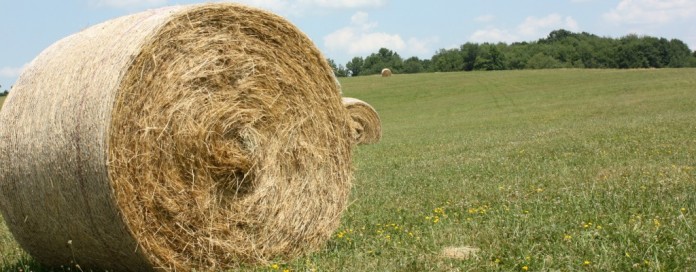As fall harvest comes to a close, we still have much to accomplish before the end of the year.
Once again, we have experienced weather extremes throughout the growing season. Wet weather — or should I say the spring monsoon season — made it difficult to get forages harvested and maintain quality. Then, the summer dry weather reduced forage and pasture growth, with many pastures being overgrazed.
So now is the time to prepare our pastures and livestock for the late fall and winter season.
Soil fertility
If you have not taken soil samples in the past three years, fall is an ideal time. If pH is low in your fields, you still have time to make those lime applications. This time of year the ground is normally firm enough to make that fall lime or fertilizer application.
The recommendation is to allow six to 12 months for the soil to neutralize after lime is applied. Aeration at this time will aid in the incorporation of lime, but it’s still unclear if the extra expense of aeration can be justified.
Forage testing
Visually, we can look at color, stage of maturity, the presence of weeds, molds and insects in our forages. But these indicators are no replacement for a having a forage analysis in making decisions for feeding livestock. Without testing forages, we have no way of knowing how good or bad the quality really is.
Analysis that we have collected this year are much like the crop yields, all over the board. These range from first cutting hay with a 12 percent protein and a relative feed value of 96, to third cutting hay with a 14 percent protein with relative feed value of 79.
Without the analysis, many of us would think the third cutting hay should be of higher quality. However, the energy content of our forages is often overlooked and is the reason why our third cutting hay has a lower relative feed value.
Knowing what quality you have will allow you to plan ahead to make informed decisions to feed the best quality to the animals that need it the most. If additional supplementation is needed, you can plan now for those adjustments.
The costs of having an analysis are well worth the expense and effort when feeding, selling or purchasing forages.
Learn more
- Soil and forage test kits and probes are available from most extension offices.
- For instruction on proper soil or forage sampling techniques, refer to extension fact sheets Soil Testing Is an Excellent Investment for Garden, Lawn, and Landscape Plants, and Commercial Crops or Forage Testing for Beef Cattle.













